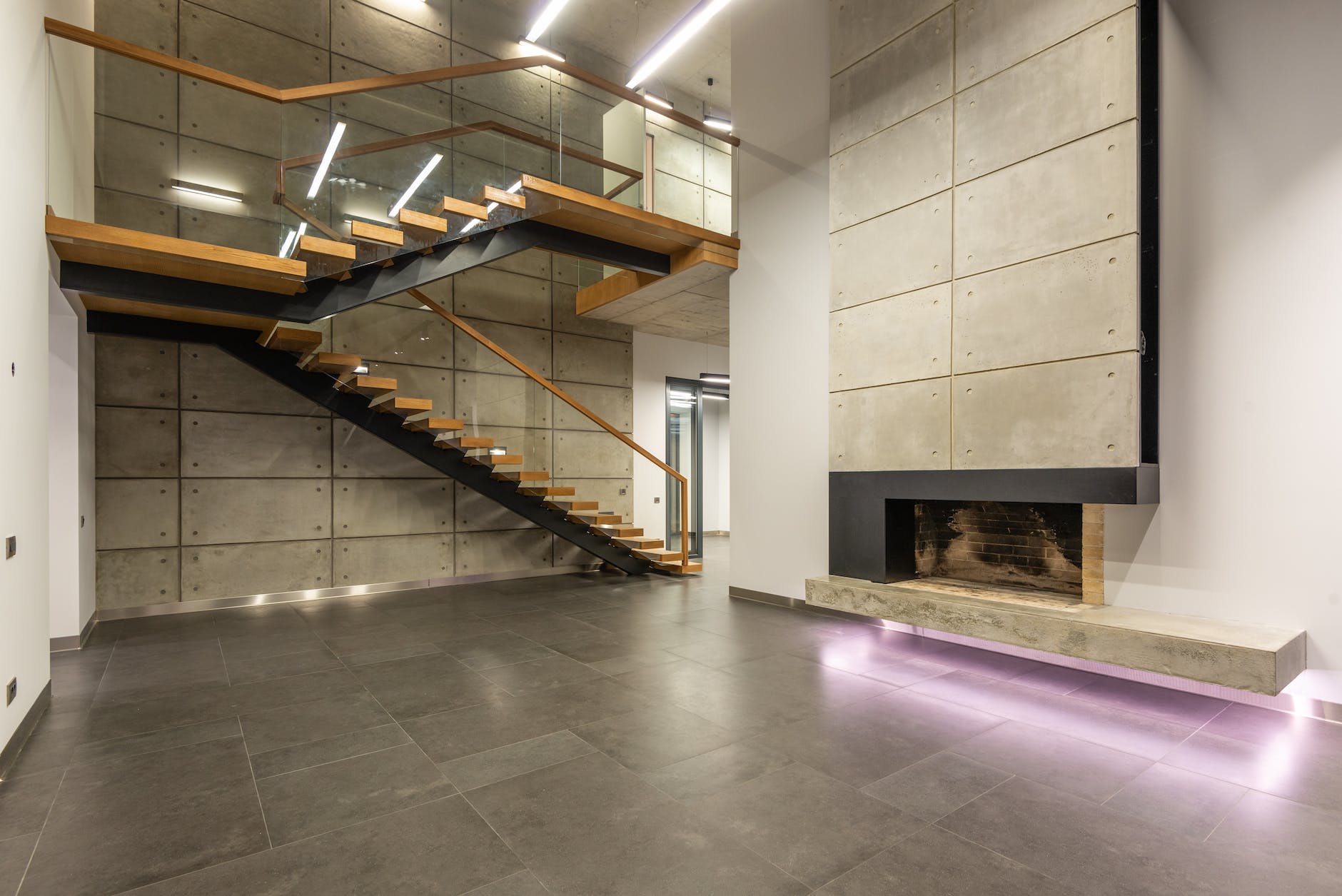How to prepare a floor to receive stones
Preparing a floor to receive stones requires several steps to ensure a level and stable surface. Here are some general steps to follow:
- Clear the area: Remove any debris or objects from the floor, including old flooring, nails, screws, and other protrusions.
- Level the surface: Use a leveling compound or self-leveling concrete to ensure the floor is level. Follow the manufacturer’s instructions for mixing and application.
- Clean the surface: Sweep or vacuum the floor to remove any dust or debris. Use a damp mop to clean the surface thoroughly and let it dry completely.
- Apply a primer: Apply a primer to the floor, if necessary, to improve the bonding between the stones and the floor. Follow the manufacturer’s instructions for application and drying time.
- Lay a membrane: To prevent moisture from seeping through the floor and damaging the stones, install a waterproof membrane. Follow the manufacturer’s instructions for installation and overlap the edges by a few inches.
- Lay a base layer: Spread a layer of gravel or crushed stone over the membrane. This will provide a stable and level base for the stones.
- Install the stones: Lay the stones over the base layer, starting at one end of the room and working your way across. Use a rubber mallet to tap the stones into place and ensure they are level.
- Fill the joints: Once the stones are in place, fill the joints between them with mortar or grout. Follow the manufacturer’s instructions for mixing and application.
- Let it dry: Allow the mortar or grout to dry completely before walking on the floor or placing any heavy objects on it.
By following these steps, you can prepare your floor to receive stones and create a beautiful and durable surface.
*How to prepare a floor to receive stones

What goes under stone flooring?
Before installing stone flooring, it’s important to create a stable and level surface to support the weight of the stones and prevent them from cracking or shifting. Here are some common materials that can be used as a base layer for stone flooring:
- Concrete slab: A concrete slab is a popular choice for a base layer because it provides a strong and stable surface. The slab should be at least 4 inches thick and reinforced with steel mesh or rebar.
- Plywood subfloor: A plywood subfloor can be used over a concrete slab or wooden joists. The plywood should be at least 3/4 inch thick and screwed or nailed down securely to prevent movement.
- Cement backer board: Cement backer board is a water-resistant material that can be used over a plywood subfloor or concrete slab. It provides a smooth and level surface for the stones to be installed on.
- Self-leveling underlayment: Self-leveling underlayment is a cement-based material that can be poured over an uneven subfloor to create a level surface. It can also be used to fill in low spots in a concrete slab.
- Crushed stone or gravel: A layer of crushed stone or gravel can be used as a base layer over a subfloor to create a stable and level surface for the stones. The layer should be at least 2-4 inches thick and compacted to prevent shifting.
Ultimately, the choice of material for the base layer will depend on the specific installation and the condition of the subfloor. It’s important to consult with a professional installer to determine the best option for your particular project.
*How to prepare a floor to receive stones
How do you seal a stone floor?
Sealing a stone floor is an important step in protecting it from stains, spills, and general wear and tear. Here are the general steps to follow:
- Clean the floor: Before sealing the stone floor, it’s important to clean it thoroughly to remove any dirt, dust, or debris. Use a pH-neutral cleaner designed for stone surfaces and follow the manufacturer’s instructions.
- Let the floor dry: Allow the floor to dry completely before applying the sealer. The floor must be completely dry to ensure that the sealer adheres properly.
- Choose the right sealer: Select a sealer that is appropriate for the type of stone flooring you have. There are different types of sealers available for various stone types, such as marble, granite, limestone, and travertine.
- Apply the sealer: Apply the sealer evenly using a clean mop or applicator brush. Be sure to follow the manufacturer’s instructions for application, as some sealers require multiple coats.
- Let the sealer dry: Allow the sealer to dry completely before walking on the floor or placing any furniture on it. The drying time may vary depending on the type of sealer used and the humidity in the room.
- Apply a second coat: Some sealers require a second coat for maximum protection. Be sure to follow the manufacturer’s instructions for the number of coats needed.
- Maintain the seal: To maintain the seal, clean the floor regularly with a pH-neutral cleaner designed for stone surfaces. Avoid using acidic or abrasive cleaners, which can damage the sealant.
Sealing a stone floor helps to protect it from damage and preserve its natural beauty. It’s important to follow the manufacturer’s instructions for the specific sealer used to ensure proper application and protection.

How long do you need to wait for the stone floor to dry
The amount of time it takes for a stone floor to dry can vary depending on several factors, including the type of stone, the thickness of the stone, the humidity in the room, and the temperature. In general, it’s recommended to wait at least 24-48 hours before walking on the floor or placing any furniture on it.
During this time, it’s important to keep the room well-ventilated to allow the moisture to evaporate from the surface of the stone. Avoid using fans or heaters, as they can cause the surface of the stone to dry too quickly, which can lead to cracking or other damage.
It’s also important to follow the manufacturer’s instructions for any specific adhesive or sealant used in the installation process, as they may have specific drying times and requirements.
If you’re unsure about how long to wait for your specific type of stone floor to dry, it’s best to consult with a professional installer or manufacturer for guidance.
Article created by: DP-Webdesign using AI Chat






